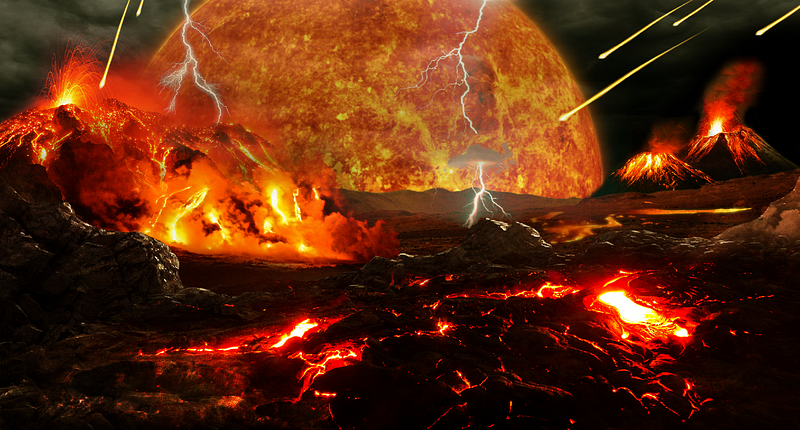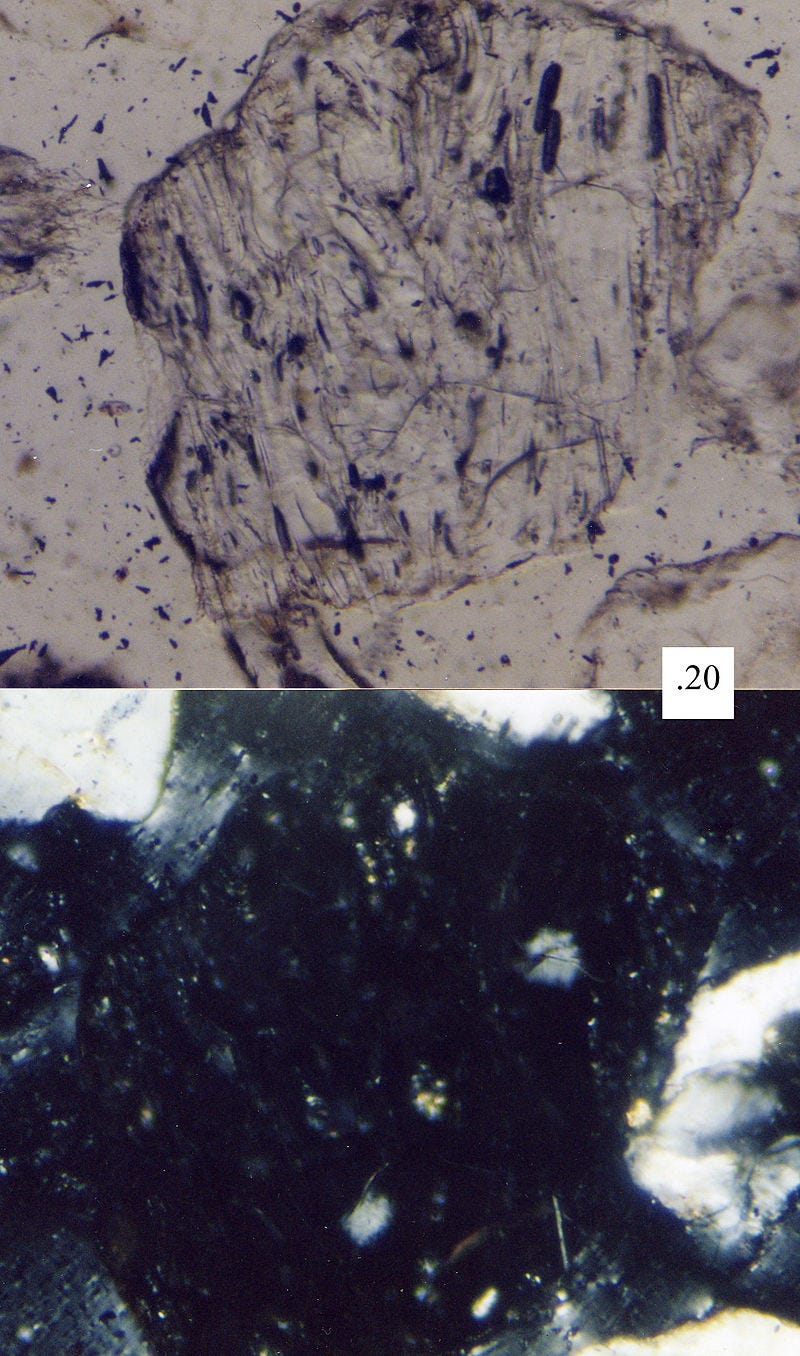# How Life May Have Begun on Earth and Mars: Insights and Discoveries
Written on
Chapter 1: The Quest for Life's Origins
Understanding how life began is one of humanity's most profound questions. For centuries, we've pondered the transition from lifeless rock to living organisms. Despite the seeming improbability of life emerging from inanimate matter, recent studies have unveiled a timeline of events that may explain this phenomenon, filling in crucial gaps in our knowledge. A groundbreaking paper has provided insights into how life might have originated on Earth and possibly Mars. What are these new findings, and do they finally answer the long-standing question of life's beginnings?
Historically, the replicator-first hypothesis, often referred to as the RNA world hypothesis, was our best guess. This theory proposed that self-replicating molecules emerged by chance, leading to the evolution of life.
These early organic molecules likely formed in slow-moving hydrothermal vents billions of years ago. Randomly, some of these molecules would create RNA, a single-stranded counterpart to DNA. Over millennia, as more RNA molecules emerged, some developed the ability to replicate themselves, competing for resources and setting the stage for evolution. Eventually, these simple cells evolved mechanisms to build cell walls and metabolize energy, paving the way for the diverse life forms we see today.
Mathematically, the RNA world hypothesis seems plausible; if RNA could form randomly and in large quantities over time, the evolution of life could theoretically occur. However, the challenge arises from the fact that RNA and its building blocks (nucleotides) do not readily form in hydrothermal vents, despite the abundant energy and necessary components present. This has led many scientists to question the replicator-first hypothesis. If this was indeed how life began, where did the RNA and its building blocks originate?
A recent study sought to address this question and discovered a compelling explanation: basaltic glass and asteroids!
Chapter 2: The Hadean Earth

The Earth was vastly different over 4 billion years ago, a period known as the Hadean era, named after the Greek god of the underworld due to its hellish conditions. The planet was bombarded by asteroids, and volcanic activity was rampant, leading to the prevalence of basaltic glass—a rock type that resembles pumice. Researchers explored how this unique environment could influence RNA formation.
They found that the combination of nickel from asteroids and borate and activated phosphate from basaltic glass created an ideal setting for forming nucleotides. Another study indicated that when cyclic trimetaphosphate, commonly found in hydrothermal vents, is heated with these elements, it produces an abundance of nucleotides, which are essential for RNA construction.

The significant breakthrough came from laboratory tests showing that when nucleotides filter through basaltic glass, they readily combine to form RNA. This discovery supports the replicator-first hypothesis! Furthermore, the tiny chambers within the basaltic glass could provide a protective environment for these self-replicating molecules, preventing them from drifting away.
So, what does this refined hypothesis for the origin of life entail?
Life's inception likely began near a hot, slow-flowing hydrothermal vent surrounded by basaltic glass and asteroid remnants. Organic molecules emitted from the vent interacted with the plentiful nickel, borate, and phosphate, leading to nucleotide formation. These nucleotides then permeated the surrounding basaltic glass, resulting in the generation of RNA, which filled the porous rock with genetic material. While most of these RNA molecules would eventually degrade, some would randomly acquire the ability to replicate, leading to a competition for resources and the onset of evolution. Over billions of years, these molecules would evolve into complex life forms, including plants, animals, and eventually humans.

The implications of this research extend beyond Earth. Mars experienced similar conditions billions of years ago, raising the possibility that it too may have harbored life. Furthermore, astrobiologists speculate that similar environments could exist in the subsurface oceans of the icy moons of Saturn and Jupiter, suggesting that life could be widespread in our solar system.
Yet, while we can now form educated guesses about life’s beginnings on Earth, we still lack definitive evidence. Although the components for life appear to be present, we need further testing to ascertain if these processes can work together effectively to initiate life. For instance, we still do not fully understand how RNA can self-replicate without biological assistance. Even if we address these issues, genetic or paleontological evidence is required to validate this hypothesis, presenting another layer of complexity.

We must refine our understanding through rigorous testing to counter any arguments against this hypothesis. Only then can we claim with confidence that this is indeed how life began.
Although this journey through scientific discovery is ongoing, the findings are captivating! They suggest a relatively straightforward pathway to life that could easily be replicated on any wet, rocky exoplanet or moon. If true, basic life forms might be common throughout the universe, potentially leading to encounters with intelligent life forms in the future. The ability to derive so much knowledge from the interplay of rock, water, and chemistry is truly remarkable.
Chapter 3: Further Exploration of Life's Origins
The second video titled "Breakthroughs In Our Search For the Origins of Life on Earth (and Maybe Mars)" explores the latest advancements in our understanding of life's origins on our planet and beyond. This video dives into recent discoveries and the implications they hold for astrobiology.